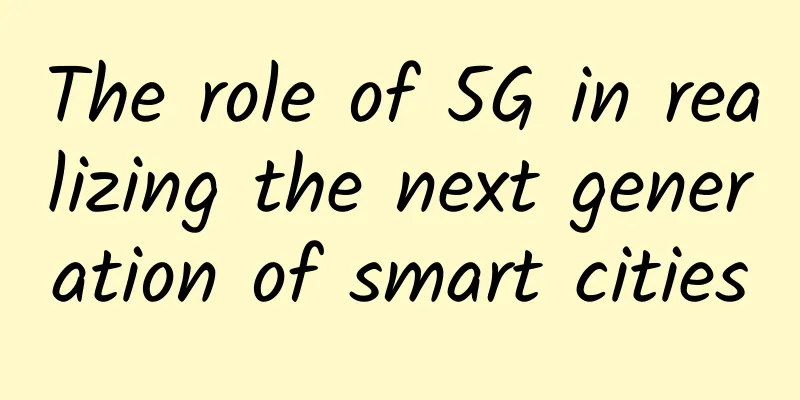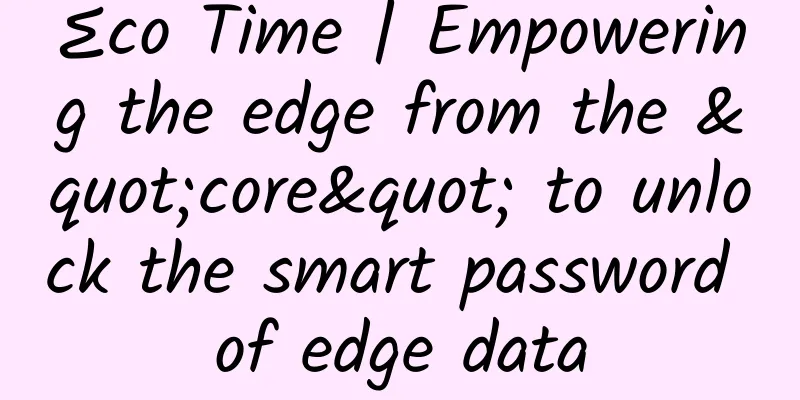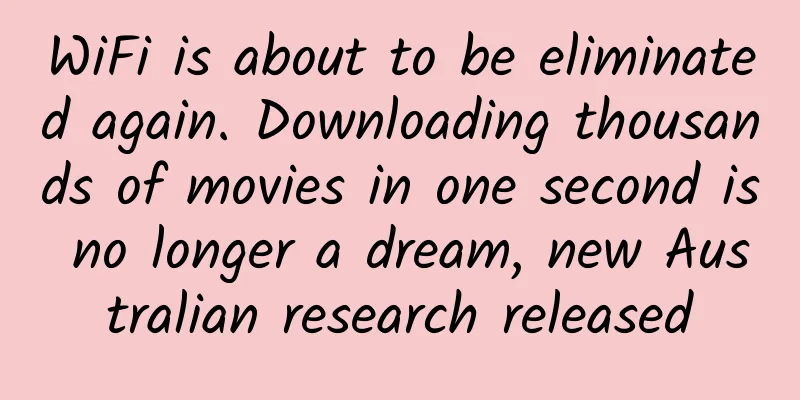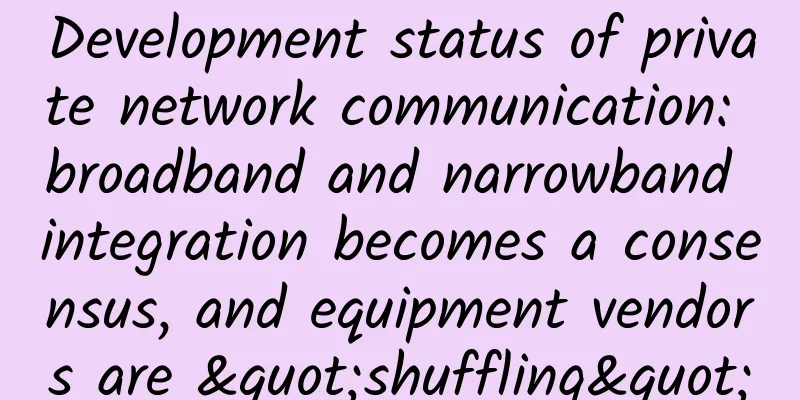The role of 5G in realizing the next generation of smart cities

|
5G can improve the quality and performance of urban services in smart cities. As cities become more crowded and complex, the need for efficient, sustainable, and smart solutions becomes more urgent. With the advent of fifth-generation wireless networks (5G), cities now have a powerful tool to revolutionize the way they operate and provide services. 5G's high-speed and low-latency capabilities can enable a range of smart city applications, from traffic management and public safety to healthcare and environmental monitoring. This article will explore the role of 5G in enabling the next generation of smart cities, including the benefits and challenges of deploying 5G networks, potential use cases for smart cities, and the key factors that determine their success. Benefits of 5G for Smart CitiesThe benefits of 5G for smart cities are many and significant. 5G technology has the potential to significantly improve public safety and security. Using fast and responsive 5G networks, smart city systems can collect and analyze large amounts of data from a variety of sources, such as video security cameras, smart traffic lights, and other IoT devices. First, 5G networks can provide faster and more reliable connections than previous generations of wireless networks. This means cities can collect and analyze real-time data from a variety of sensors and devices, allowing them to make smarter decisions about how to allocate resources and respond to emergencies. For example, 5G can be used to monitor traffic patterns and adjust traffic signals in real time to optimize traffic flow and reduce congestion. Another major benefit of 5G for smart cities is its low latency, which is the time it takes for data to travel from one device to another. With 5G, latency can be reduced to a few milliseconds, enabling applications that require near-instantaneous responses. This is especially important for applications such as self-driving cars, which rely on real-time data from sensors to navigate safely and efficiently. Finally, 5G networks can support a much greater number of connected devices than previous generations of wireless networks. This is critical for smart cities, which rely on vast networks of sensors and devices to collect data and provide services to citizens. With 5G, cities can support thousands of connected devices per square kilometer, enabling monitoring of everything from air quality and water levels to parking availability and waste management. Challenges of deploying 5G networks in smart citiesWhile 5G brings many benefits to smart cities, there are some challenges in deploying these networks. One of the biggest challenges is the cost of infrastructure. Building 5G networks requires significant investments in new infrastructure, including small cell towers, fiber optic cables, and other equipment. This may be too expensive for many cities, especially those with limited budgets. Another challenge is the need to ensure equitable access to 5G networks. While 5G has the potential to revolutionize the way cities operate and serve their citizens, it is also important to ensure that these benefits are distributed equitably across all communities. This means addressing the digital divide and ensuring that all citizens, regardless of their socioeconomic status, have access to high-speed, reliable connectivity. Potential use cases for smart citiesDespite these challenges, the potential use cases for smart cities are vast and varied. Here are a few examples of how 5G can support the next generation of smart cities:
With 5G-powered sensors and IoT devices, cities can collect data on energy consumption patterns and use artificial intelligence algorithms to optimize energy distribution and reduce waste. In addition, 5G can also develop virtual power plants that use distributed energy sources such as rooftop solar panels, wind turbines, and battery storage to provide cities with reliable and sustainable energy. This can significantly save costs, improve energy efficiency, and reduce carbon emissions. 5G technology promises to transform the way we live and work, and smart cities are a perfect example of how this transformation is already underway. Smart cities are essentially urban areas that use data and technology to improve the quality of life for citizens. They incorporate everything from smart transportation and energy systems to advanced healthcare and public safety initiatives. With the implementation of 5G networks, the potential for these cities to become even smarter is enormous. The future of 5G and smart cities is promisingAs more cities around the world continue to adopt smart city technologies, 5G will play an increasingly important role in realizing the next generation of smart cities. With its high-speed data transmission capabilities, low latency, and ability to connect large numbers of devices, 5G will help drive the next wave of innovation in smart city technology. One area where 5G could have a significant impact is in transportation. With 5G, autonomous vehicles will be able to communicate with each other and with traffic management systems in real time, making traffic flow smoother and reducing congestion. This will not only save commuters time, but also reduce carbon emissions and improve air quality. Another area where 5G will bring change is healthcare. With the ability to quickly and reliably transmit large amounts of data, doctors and other healthcare professionals will be able to monitor patients remotely and even perform surgeries using robots. This is especially important in rural areas where access to healthcare is limited. 5G will also play a vital role in enabling the next generation of augmented reality and virtual reality experiences. With its low latency and high bandwidth, 5G will make it possible to transmit high-quality, immersive content on mobile and wearable devices, bringing new opportunities for entertainment, education, and training. The future of 5G and smart cities is bright, with the potential to transform nearly every aspect of urban life. However, there are still challenges to be addressed, such as ensuring that the benefits of smart city technology are equitably distributed and that data privacy and security issues are addressed. However, with careful planning and investment, the potential benefits of 5G and smart cities are enormous, and cities around the world are already beginning to realize these benefits. |
>>: NVIDIA Launches 6G Research Cloud Platform to Advance Wireless Communications with AI
Recommend
WiFi 6 Blowout Begins
Despite the current epidemic, Xiaomi released a W...
Wi-Fi 7 is starting to emerge: speeds up to 30Gbits per second
Wi-Fi 6 is just beginning to become popular, and ...
Why 5G Private Networks Are Critical to Enterprise Digital Transformation
Today’s enterprise manufacturing facilities are u...
Verizon launches 5G private network in the United States and officially launches commercial use
Verizon Business recently launched its first comm...
Top 10 5G Industry Practice Benchmarks in 2022
In 2022, 5G construction has made breakthrough pr...
Probably the most comprehensive inventory of well-known 404 pages at home and abroad
There is a legend circulating on the Internet abo...
What problems can blockchain solve in the real world IT field?
The tech world has long embraced high-risk, high-...
Content Delivery Network (CDN) System Design
A CDN is a group of geographically distributed pr...
Bacloud: 15% off KVM VPS, 25% off dedicated servers, 10TB hard drive server starting at $28.96/month
Bacloud is a Lithuanian hosting company founded i...
IDC: Global Telecommunications Market Size to Reach USD 1.53 Trillion in 2020
On May 13, according to IDC's Global Semi-ann...
What are the main application scenarios of 5G?
5G networks offer greater bandwidth than previous...
Four network structures of switches: cascading, port aggregation, stacking, and layering
With the arrival of 5G and the new Internet of Th...
TNAHosting: 12GB memory OpenVZ monthly payment from $5, 4GB memory KVM monthly payment from $5
I checked and it's been exactly one year sinc...
Say goodbye to data "roaming" fees: 10 questions, everything you want to know is here
Recently, the three operators have successively i...
Do you really understand hybrid cloud? Dive into the cloud and look at some confusing cloud computing concepts
[51CTO.com original article] Cloud computing is g...



![[6.18] Hengchuang Technology Flash Sale: Hong Kong cloud server starts from 262 yuan/year, Hong Kong/US independent server starts from 800 yuan/month](/upload/images/67cac336252f9.webp)





